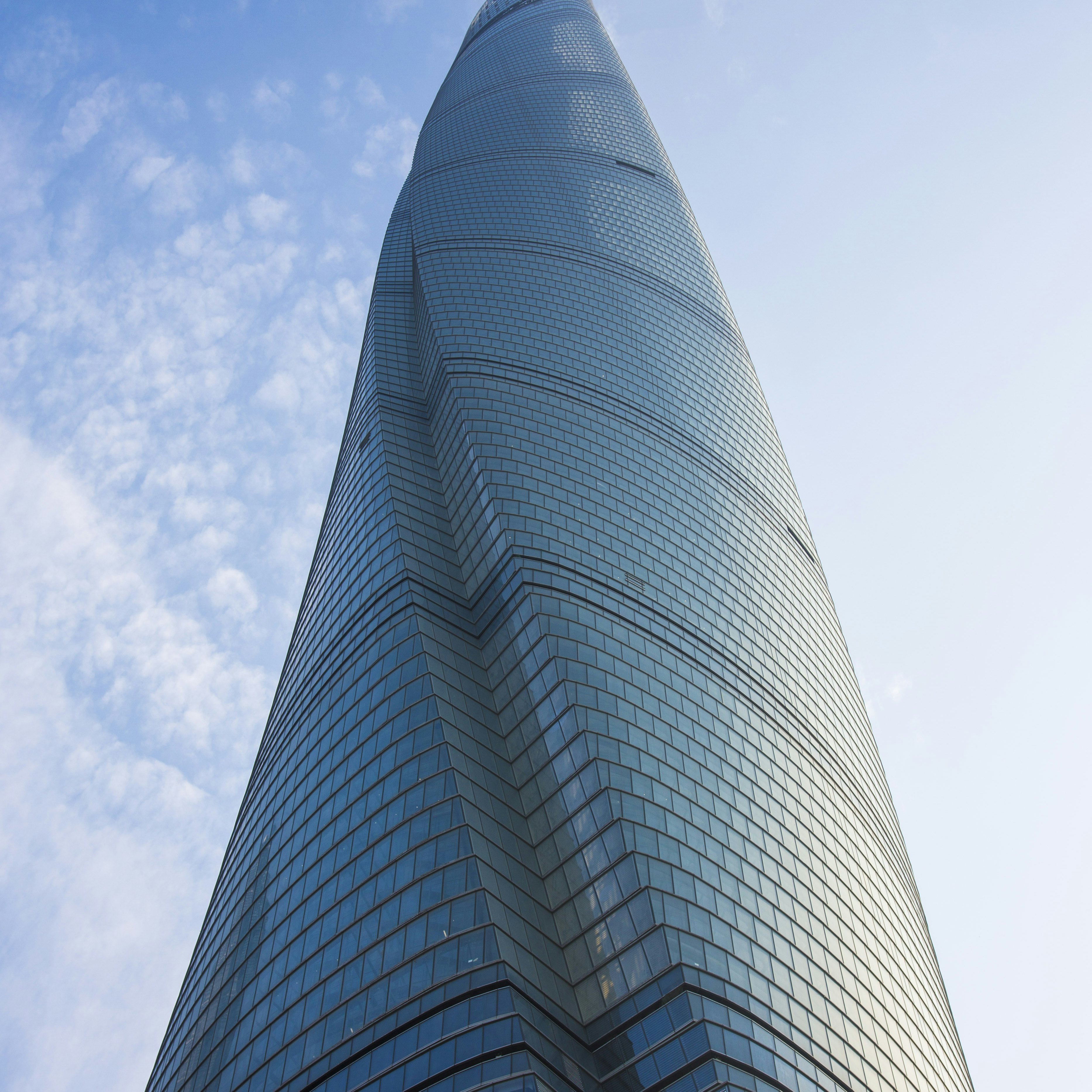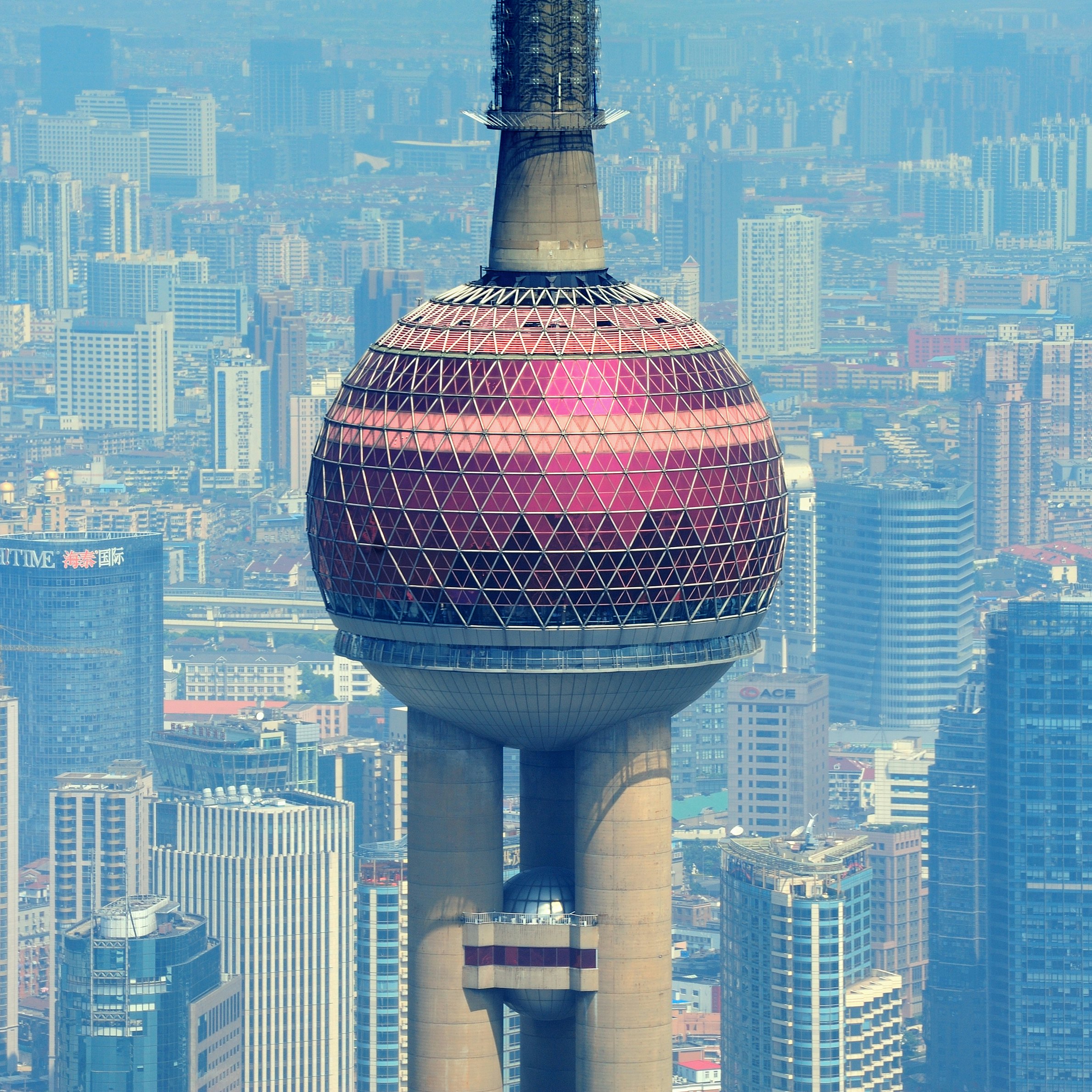

©I'm love photography and art/Getty Images
LONELY PLANET’S RECOMMENDED eSIM
Stay connected in Shanghai
Saily is an affordable eSIM service that helps you stay connected and secure, anywhere in the world.
Overview
Shanghai: few cities in the world evoke so much history, excess, glamour, mystique and exotic promise in name alone.
Must-see attractions
Planning Tools
Expert guidance to help you plan your trip
Best Things to Do
The world's third-largest city, Shanghai blends rich history, fabulous food and a legendary skyscraping skyline. Here are the top things to do.
Read articleTransportation
As the third-largest city on the planet, Shanghai is vast and sprawling. Here are the best ways to get around in China’s largest city.
Read articleBest Neighborhoods
Shanghai is the third-largest metropolis on the planet. Discover its varied character with this guide to Shanghai's best neighborhoods.
Read articleGet a book. Get inspired. Get exploring.
in partnership with getyourguide












